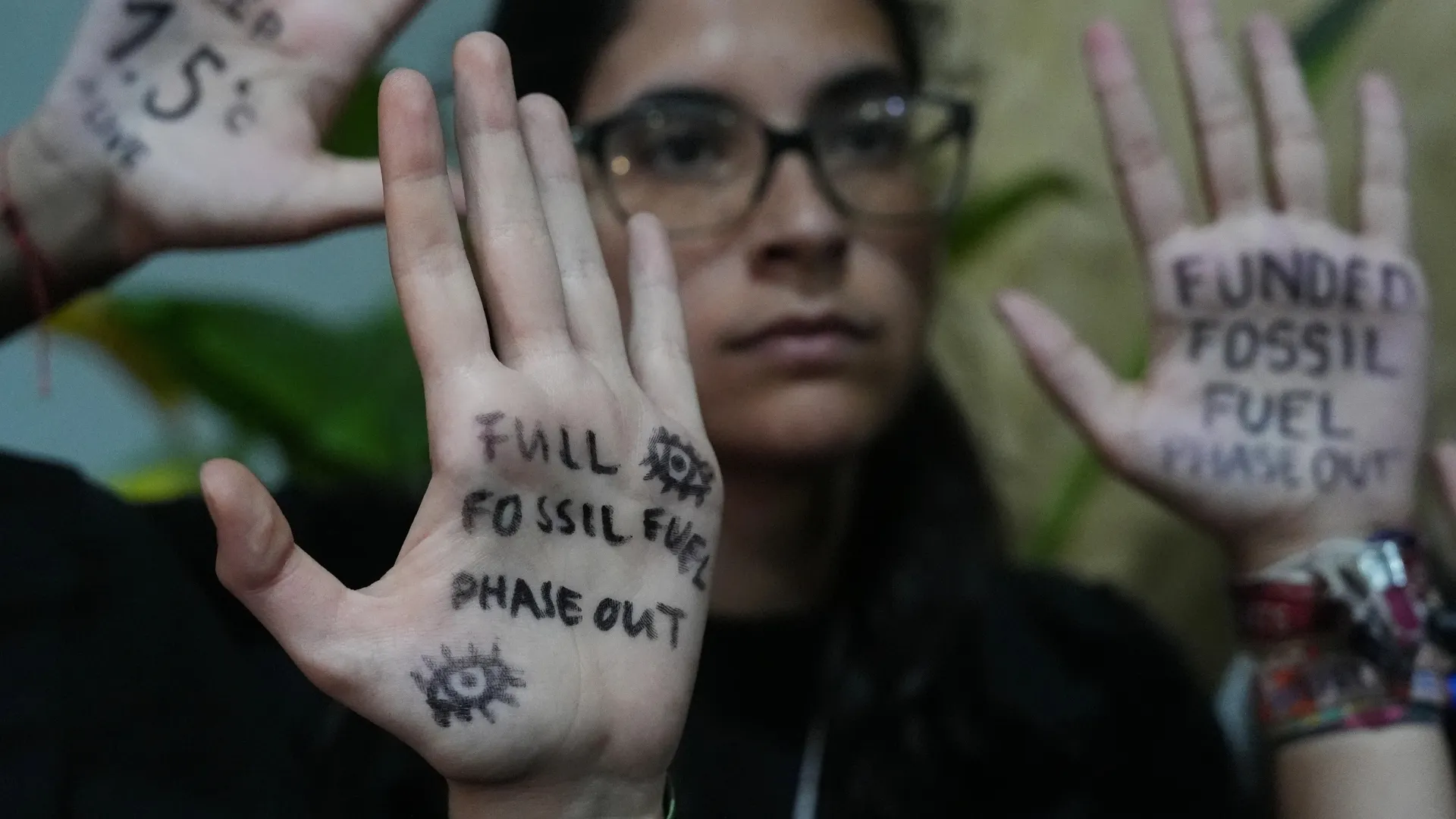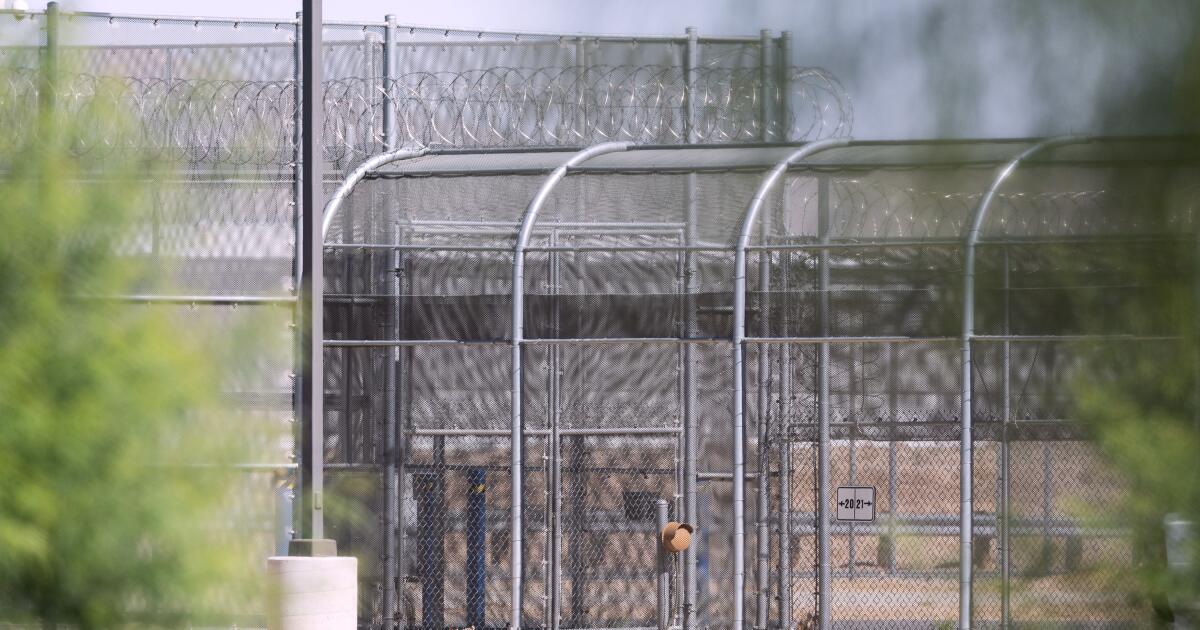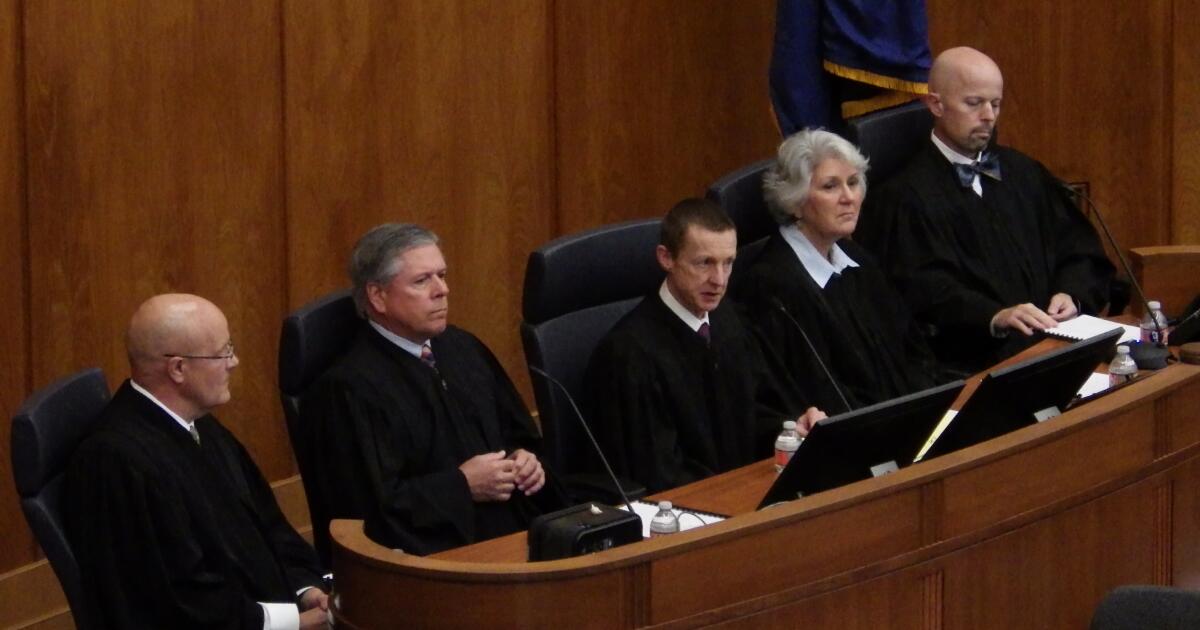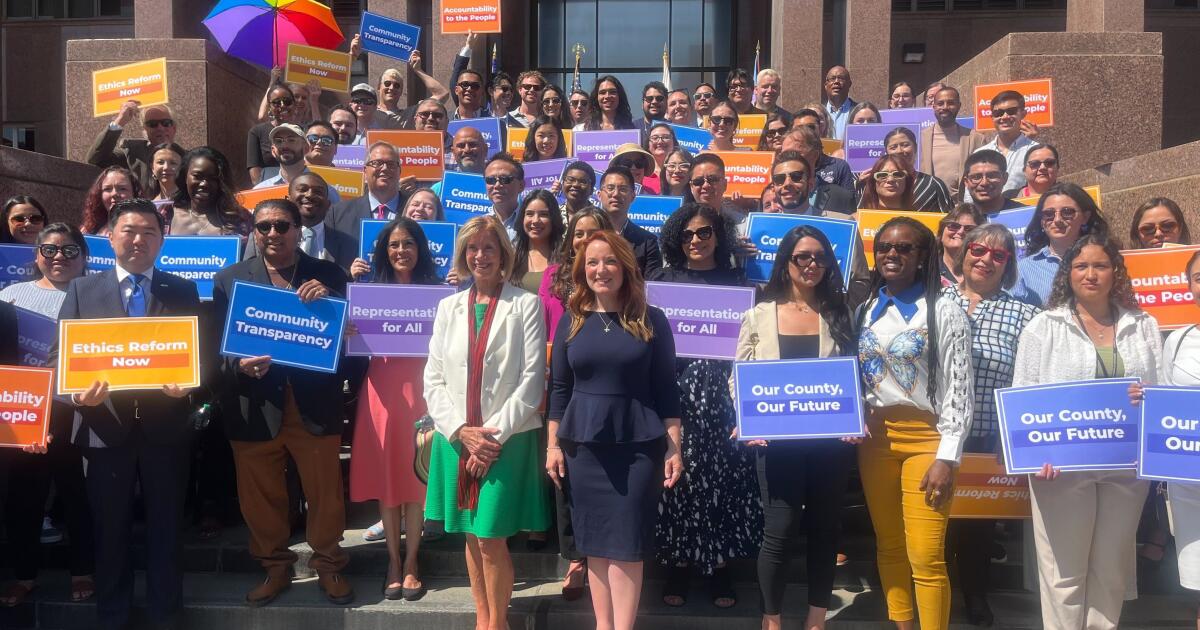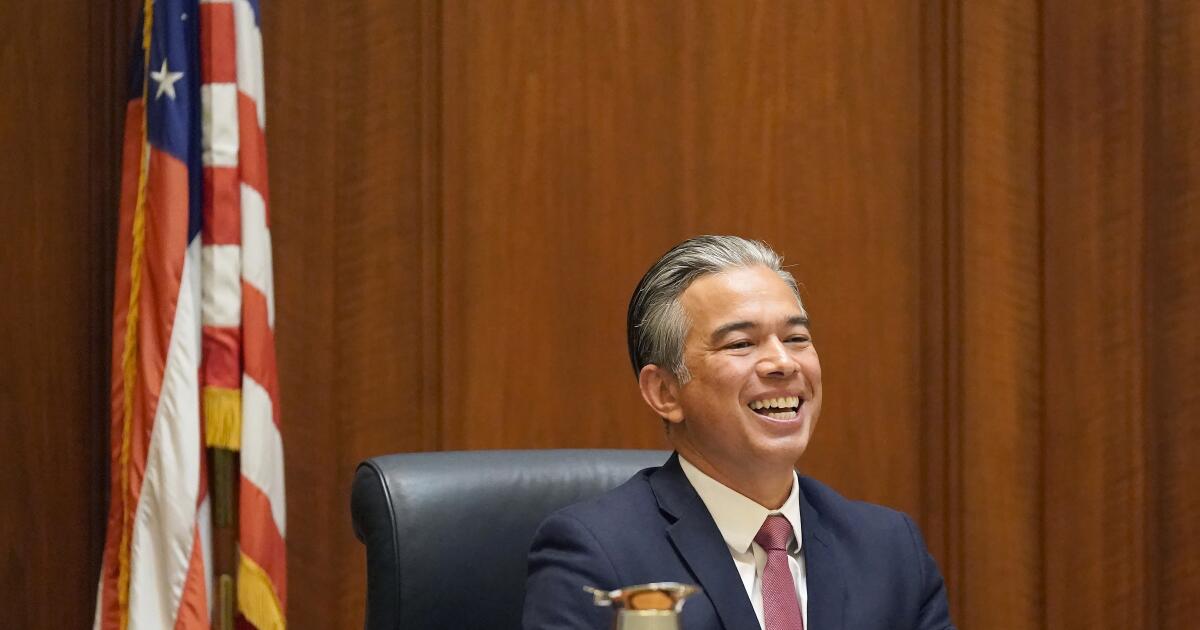There are heaps of fun theme parks and attractions in the UK to enjoy but there are a handful that would have been great yet unfortunately plans had to be abandoned
The UK is full of amazing attractions, both old and new, from historic palaces to theme parks and world-class museums. But not every idea manages to get off the ground.
There were many large-scale projects that could have potentially become major tourist landmarks, which sadly, either failed due to cost or logistics. We’re talking theme parks that were said to have the potential to rival Disneyland, weird and wonderful pyramids, and giant bridges that cost millions but never actually opened.
We look at some of the incredible attractions that could have been gamechangers, but sadly didn’t manage to see the light of day (even if we’re still hoping!).
Check out our top picks below…
WonderWorld theme park
In the 1980s, a £346m plan to turn an old quarry into the ‘British Disneyland’ was hatched. The site of this ambitious project was Corby, Northants, where the abandoned quarry was connected to the town’s closed steelworks. The collapse of the steelworks had led to 10,000 job losses, and with a third of the town out of work, the theme park was cited as a way to get locals back into employment.
WonderWorld is said to have been inspired by Disney’s Epcot, and was set to have 13 themed villages, the first six of which would have opened in 1992. The idea was to showcase the best of British design, with David Bellamy set to help devise a mock safari, while Sir Patrick Moore would have helped design an observatory.
There would be a mix of the educational and fun, high-tech rides, themed restaurants, shops, and much more, which it would estimate would bring in four million visitors a year through the park gates.
The ambitious plans also included a 10,000 seat stadium for sporting events, and a Disney-style family resort with seven hotels, which would eventually offer 6,000 rooms and 100 holiday villas.
Sadly, all that was ever built of WonderWorld was a sign and a wooden cabin. Planning delays and rising costs were blamed, with backers soon pulling out. The site which would have been WonderWorld is now a new build estate, with nothing to indicate that it could have been the site of a major British attraction.
Garden Bridge
While a failed project can waste a lot of time, London’s Garden Bridge project also managed to waste a lot of money along the way. £53.5m was spent on a bridge which never broke ground, after many years trying to turn the idea into reality.
London’s Garden Bridge would have been a pedestrian bridge set between Waterloo Bridge and Blackfriars Bridge. The idea was it would be covered in shrubbery and flowers, creating a sort of park area you could wander round, rather than just crossing from A to B.
The project was such a disaster that Transport for London (TfL) launched an inquiry, which concluded that £43m of the sunk costs came from the public’s pocket. The failed project’s spends included £21.4m in construction costs and £1.7m in executive salaries, according to BBC reports.
The Garden Bridge Trust also spent £161,000 on a website and £417,000 on a gala for the failed proposal. Had it been built, the project was projected to cost £175m overall.
The idea for the bridge dates back to 1998, when actor Joanna Lumley had the idea for a “floating paradise” that would be built in honour of Princess Diana. But it wasn’t until 2012, when Boris Johnson was Mayor of London, that the unusual project was picked up.
While they managed to secure planning permission in 2014, the project had a number of vocal critics who complained that it would have had an impact on sight lines of St Paul’s Cathedral and Monument.
When Sadiq Khan took over as mayor, he ordered a review as to whether the bridge would offer good value for money for Londoners, before withdrawing his support the next year. The cancellation of the project was officially announced on August 14, 2017.
Trafalgar Square Pyramid
Trafalgar Square could have looked very different if one MP and soldier had seen their plans come to fruition. After beating the French at the Battle of the Nile, Sir Frederick William Trench decided that what London really needed was a giant pyramid right in the middle of Trafalgar Square to really celebrate their military success.
The proposal, submitted in 1812, shows a 300ft pyramid with 22 steps, one for each year of the two Anglo-French wars. At the time, the tallest structure in London would have been the Dome at St Paul’s Cathedral which was 365ft, meaning the pyramid would have completely changed the London skyline.
One idea to turn the plan into reality was to use the labour of men who’d recently been discharged from the armed forces, giving them employment once the war was over. However, the only thing that was ever built was a scale model, which ended up in the home of the Duke of York. A few years later, the land was cleared and the version of Trafalgar Square that brings in millions of visitors a year was created. But there’s no doubt the giant pyramid would have brought in the tourists too.
London Paramount Entertainment Resort
A more recent attempt to build a giant theme park in the UK was the London Resort, which was announced in 2012. Its location in Swanscombe, Kent led to some dubbing it the ‘Dartford Disneyland’, and it was set to include Europe’s largest indoor water park, theatres, live music venues, attractions, cinemas, restaurants, event spaces and hotels.
The park would have had several worlds including a Spaceport, The Isles, The Kingdom, and High Street, all themed around the UK. Another planned attraction was a triple launched roller coaster that would reach speeds of 70mph.
READ MORE: Tiny country is cheapest place to visit in world — tourists spend just £11 a dayREAD MORE: Eurocamp is opening two huge new sites in Spain’s best beach spots next summer
The park’s troubles continued during the planning process, when Natural England decided to designate a large portion of the planned park area as a Site of Special Scientific Interest (SSSI).
In 2022, it was reported that plans for the park were scaled back, and would be resubmitted the next year. Its company, London Resort Company Holdings (LRCH), then went into administration and faced a lawsuit from Paramount. Finally, in January 2025, it was reported that the High Court had ordered the company to be wound up, effectively killing off the dream of the £2.5b London Resort.
Have a story you want to share? Email us at [email protected].











